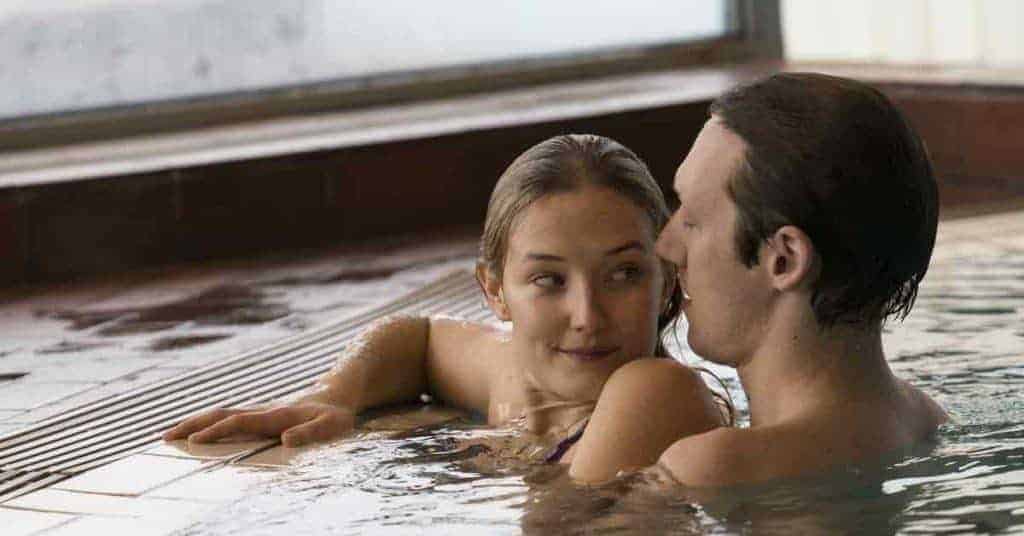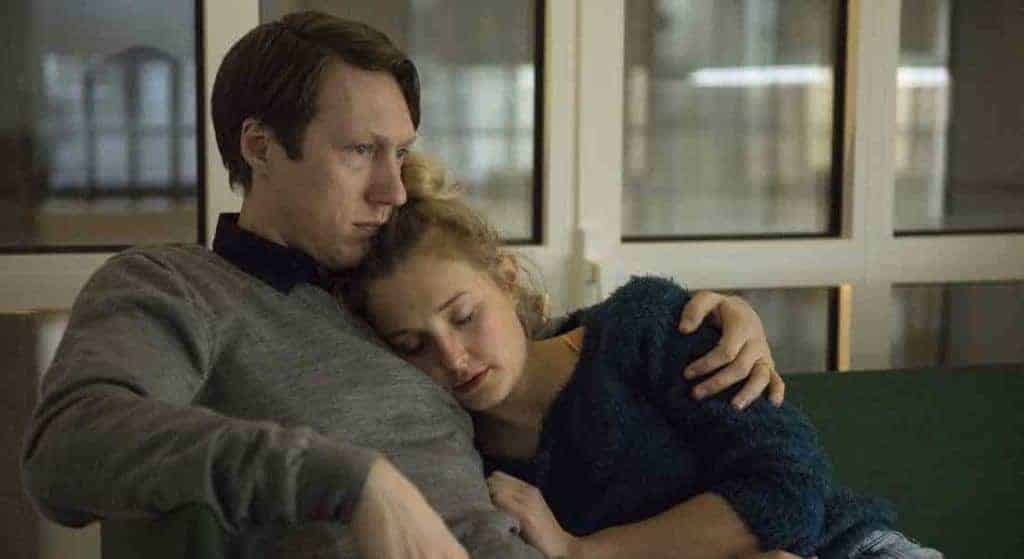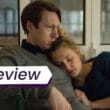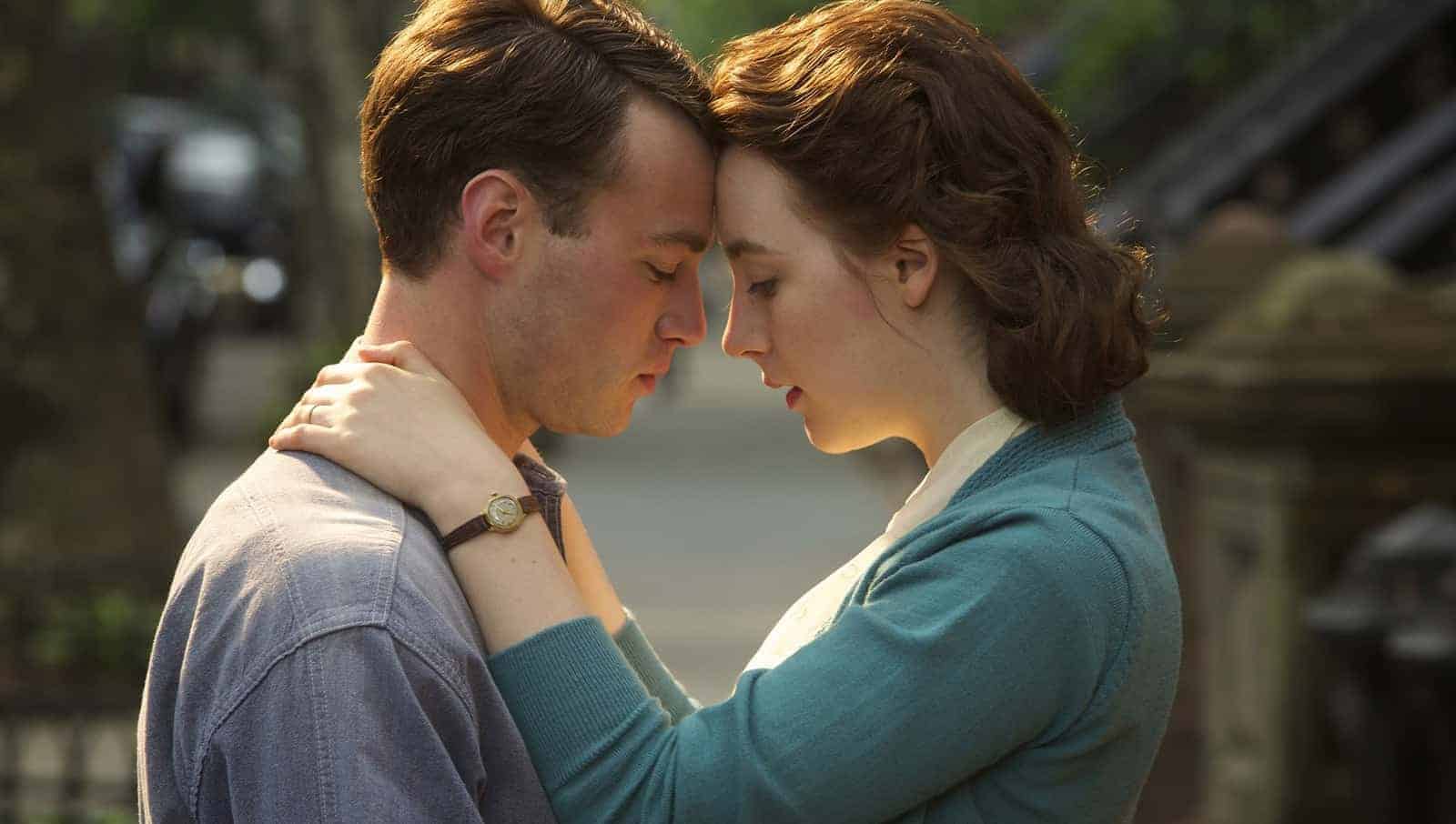
Norwegian director Anne Sewitsky’s (Happy, Happy) wonderful new film, Homesick, screened at the Sundance Film Festival this week in the World Dramatic Competition. Starring Ine Marie Wilmann, who gives a terrific performance, the film follows a late 20-something children’s dance teacher, Charlotte, who, because she never received any real parental love, has become desperate, clingy, and self-destructive.
When she meets her half-brother for the first time, now that they’re both adults in their late 20s, they strike up a romantic relationship, in part because they’re the only two people who truly understand each other’s emotional trauma; they both had the same self-absorbed, absent mother.
The film is beautifully shot on location in Oslo, with many romantic images, inviting us to empathize with Charlotte always, and never judging her. After the World Premiere of the film, I sat down with Sewitsky and Wilmann to discuss their preparation for the film, the film’s aesthetic, and Charlotte’s loneliness.

The Seventh Row (7R): Ine, how did you prepare to play the role? Anne, what preparation goes into the shoot: storyboarding, location scouting, etc.?
Anne Sewitsky (AS): For this film, I wanted to have a very real feel to it, but also I wanted it to be beautiful. It was a mix of trying to find all the locations — we were shooting on location — but also finding very cinematic locations, and trying to make it a mix between a very rough look and a more beautiful look.
We spent a lot of time looking at images, paintings, and other films for inspiration. And then, we spent quite a lot of time preparing with a script and with the actors. We read through it several times, and we improvised and changed things. We shot long takes, like 10 minutes at a time — they got a little crazy.
Ine Marie Wilmann (IMW): During the very intimate scenes, we were working quite a long time. It was in the middle of the night, and she was like, “Yeah, we’re just going to do a short, different camera setting. Just a very short little piece of it.” And then we’d done what she’d said, and we sensed that the camera was still rolling, so we were like “OK, keep on acting.” She held it for like 10 minutes. When she said cut, we were like, “NEVER do that again!” That’s too long. And she was like, “Yes, but it was very nice.”
I got the part in May or June, and then we didn’t shoot the film until February. So I had plenty of time thinking about it. When they auditioned all the men, I acted again [and read with them] so then I got to try out a lot of the situations. We also talked about the situations so much. We would try it out, and then this just doesn’t feel right, or this feels a bit constructed. When we actually shot the film, I never thought about lines. I could just concentrate on the situation. It never felt like, “Stand there, say that line.” It just felt very organic. I felt very free.
AS: I thought she was so amazing. I’ve never said so little on the set. I was thinking, “I don’t have to touch this. Just let it play.”
[clickToTweet tweet=”‘I’ve never said so little on the set. I was thinking, ‘I don’t have to touch this.” – Sewitsky” quote=”‘I’ve never said so little on the set. I was thinking, ‘I don’t have to touch this.” – Sewitsky”]
7R: One of the things Ine mentioned was the way that you often found your character apart from other people, physically. Anne, how did you think about framing to create that detachment?
AS: We had some very planned pictures with her alone, and we knew that we would have some [shots] that were very close to her. We also had so much material. It was about following the characters. A lot of what you see has also been formed in the edit from many choices. For one scene, we had 30 pictures, and we used five. It was a very intense editing process, because I had so many choices to make, where I could do so many directions. Through the editing, that style became more and more clear — putting her more and more alone, like when she walks over the city, the hill, or walks through the town alone.
IMW: That was actually something new for me, when I saw the film. When I played the character, I was always trying to achieve something. But then, looking at it from the outside, when I saw the finished film, I almost hadn’t thought about how lonely she was. When I looked at it, I was like, “In the end, Oh my God, she’s just all alone.” So it was a more lonely journey than I thought when I acted it myself.
[clickToTweet tweet=”‘When I saw the finished film, I almost hadn’t thought about how lonely she was..when I acted it.'” quote=”‘When I saw the finished film, I almost hadn’t thought about how lonely she was…when I acted it.'”]
AS: I think that was important, because it’s also about her desperation. You can’t necessarily play loneliness or self-pity. This can go melodramatic — it’s a very fine balance. I needed her [Ine] acting to always be on the upside, and then we could choose some few places where either the camera shows loneliness or she can have her outbursts.

[clickToTweet tweet=”‘It was almost like you had me right on the edge of crying throughout the whole film.’ – Wilmann” quote=”‘It was almost like you had me right on the edge of crying throughout the whole film.’ – Ine Wilmann”]
7R: When you have scenes with other characters, there’s often so much restraint sometimes, just keeping these emotions in, but because there are closeups, we can see what’s going on. How do you develop that sort of restraint but still make sure that it’s clear what’s going on? What is the process?
IMW: I think you [Anne] have so many pictures of me almost crying. It was almost like you had me right on the edge throughout the whole film. Many of the scenes, we took a lot of emotion, and then just packed it up. As an actor, I like people trying to hide, because that’s what we do in real life. Even when she has this outburst in the toilet, after the scene with her mother, even then she tries to control her anxiety. She’s trying to stop crying. It’s very rare that you just give yourself over to the emotion. You’re often trying to hold back or struggle against it. That’s often what I find interesting to watch.
[clickToTweet tweet=”‘It’s very rare that you just give yourself over to emotion. You’re often trying to hold back.'” quote=”‘It’s very rare that you just give yourself over to emotion. You’re often trying to hold back.'”]
AS: We went through the script and said, “How many times does this character cry?” This is a character that is imposing on other people, but we have to love her. If she’s going around crying the whole time, we’re going to get annoyed. So it was about getting attached to the character.
IMW: It was in a way easy to act, because all of the situations were very clear. You always had some mutual tension. We didn’t have to, like, go to the bathroom and pump it up before we came on, or try to force things. It was just natural in the situation.
[clickToTweet tweet=”She’s really bad at articulating her feelings, and her brother is, too. It’s emotionally immature.” quote=”She’s really bad at articulating her feelings, and her brother is, too. It’s emotionally immature.”]
7R: The romantic relationship with her half-brother, I wondered, at the end, if one of the reasons for that was to try to blow up her relationship with her boyfriend and to detach from that family. Is that something that you’re consciously thinking about when you’re doing those scenes?
AS: Not so consciously, but we knew that the character was self-destructive. In that way all the things that she was doing, she kind of consciously went into, eyes open. She knew that it was going to drive him away.
IMW: But it wasn’t like a conscious thought, because it’s better that the character isn’t that conscious about what choices that she does, to be more emotionally driven or to be more impulsive and destructive at the same time. If I were to focus on that thought, it would be too conscious, and I don’t think she is. The first time I read it, I was like, she’s really bad at articulating her feelings, and her brother is, too. That’s part of why it goes wrong, because it’s emotionally immature.
[clickToTweet tweet=”‘We wanted it to be in a sensual film. We didn’t want it to be a hard, super-realistic film.'” quote=”We wanted it to be in a sensual film. We didn’t want it to be a hard, super-realistic film.”]
TSR: There are so many romantic images in the film, especially the wide two-shots. How did you approach creating those images?
AS: We wanted it to be in a sensual film. We didn’t want it to be a hard, super-realistic film. We wanted it to be in a dream world when they go up to the hotel in the swimming pool. We tried to find locations that gave that, and then just park the camera there, trying to find angles that are more like paintings. It was a mix: finding the realistic scenes and finding the painted scenes that are more art.

